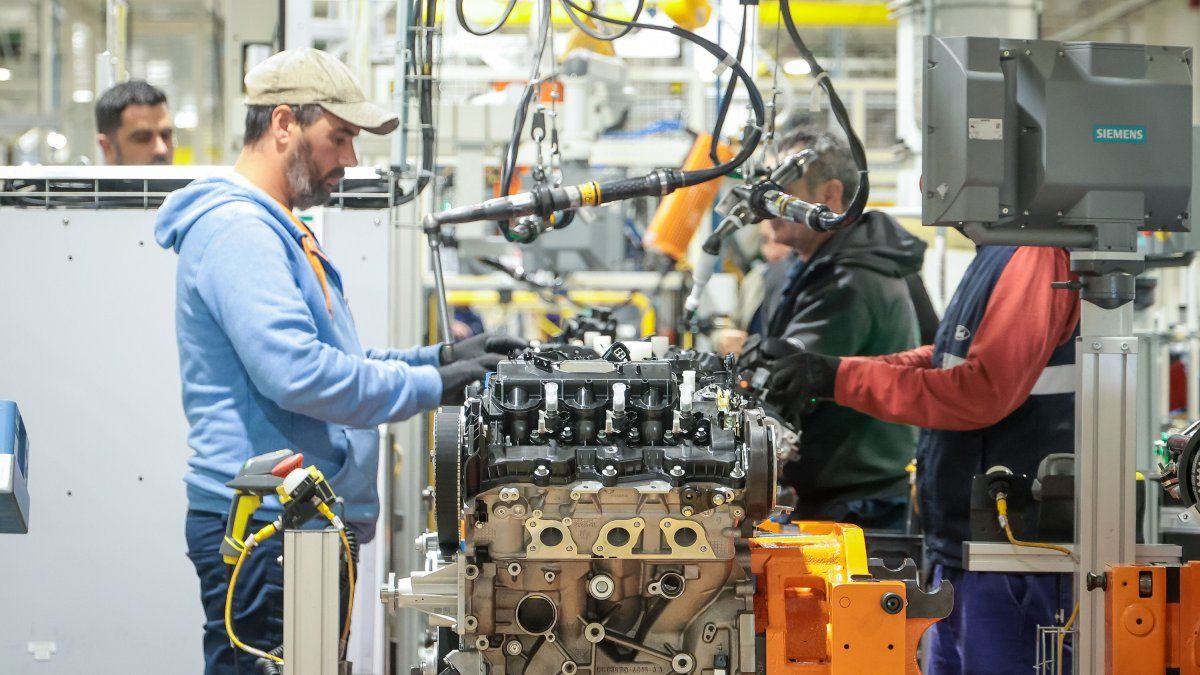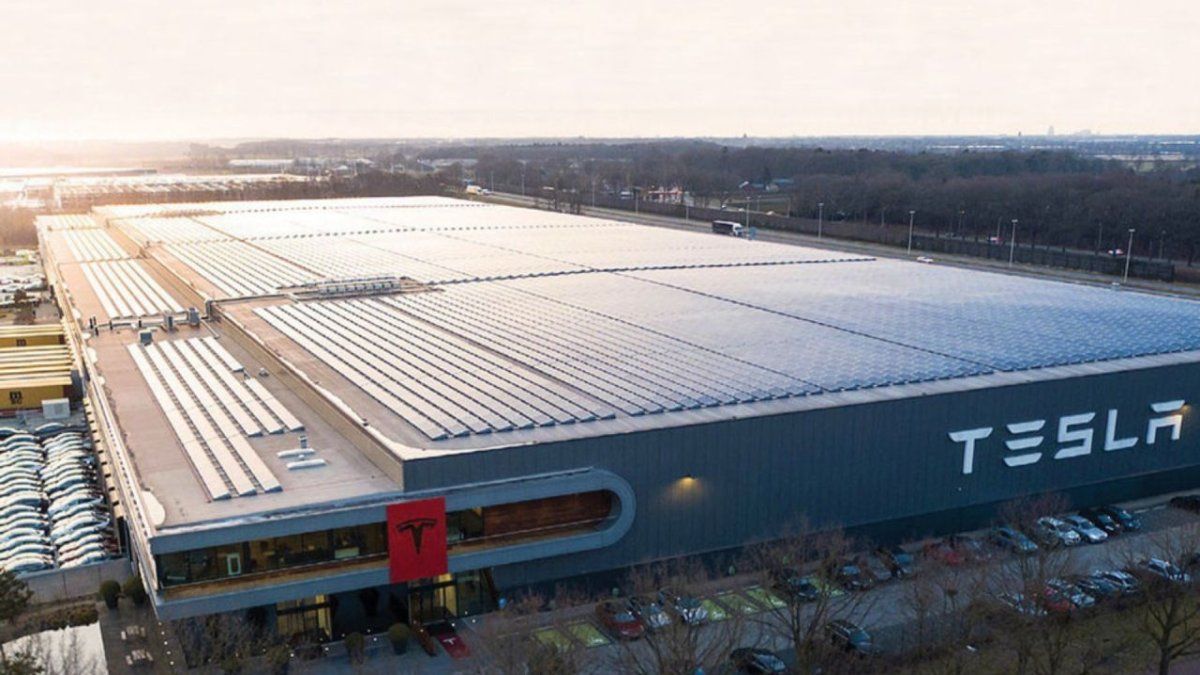After the strong fall recorded in 2024 (-7.6%), Industrial production began the year with encouraging numbers. According to the Latin American Economic Research Foundation (faithful), the factory activity It registered an interannual improvement of 4.5% in January and 2.3% monthly, in unstacted terms.
Thus, the industry 8.7% above the level recorded in April 2024 was locatedat the beginning of the recovery phase. In the month, the signals that indicated that the activity travels an improvement phase are firm, with a Acceleration in dynamics and an ostensible improvement in the sectorial dissemination of recovery, said faithful.
Yetin nine months this phase of recovery of the industry accumulates an equivalent growth annual to 11.8%, higher to the average and medium growth rate of the ten phase of recovery of the industry since 1980, and that of the phases initiated in August 1981, April 1999, August 2014 and September 2016, while equal to the phase initiated in February 2002 at the exit of convertibility.
Industry in January: how did each sector go
Regarding the performance of the sectors, with an advance of the production greater than the average Automotive branch with an improvement of 32.8% in the interannual comparison, followed by the branch of chemical and plastic inputs with an advance of 6.7%, on the same base of comparison, faithful said.
For its part, the Food and drink production grew 5.2% and cigarette offices were 5%in both cases with respect to January 2024. With an interannual growth lower than the average, the oil process recorded in January an increase of 4.2%, while metalworking (0.3%) matched the level of production one year ago.
The remaining branches of activity showed a more marked setback beginning with the production of non -metallic minerals (8.1%), and following the paper and cellulose (9.3%), that of textile inputs (12.5%), ending with that of the basic metallic industries (15.8%), in each case in the comparison with the first month of 2024.
Industry: The sector that will lead the recovery in 2025
Although the performance of industrial activity in January (and the first two-month period) is not a good predictor of the path that will travel the industry in the rest of the year, especially considering that a part of the improvement of the month is explained by the fall of the activity a year ago-effect that will be present in the months to come-, The automotive sector “will all likely lead industrial activity throughout 2025 with specific challenges for different terminals,” states faithful.
With regard to industrial production by type of goods, at the beginning of 2025 all show an improvement in comparison with January last year. The most marked advance is shown by Durable consumer goods with an interannual increase of 11.4%, followed by capital goods with an improvement of 10.8%.
In both cases the rebound is explained by the advance of automotive production – the production level of January was the highest for a January since 2014 and recovery in different segments within metalworking – peppers agricultural machinery. On the other hand, the non -durable consumer goods in the month of January registered an interannual recovery of 5.2% from a better performance in the production of drinks and cigarette offices.
Finally, intermediate use goods registered a 1.9% improvement in the month compared to a year ago From the rebound in the production of chemicals and plastics and the advance of oil refining that more compensated for the fall in production in the blocks of the basic metal industries, non -metallic minerals and textile inputs.
Industry: Perspectives for the coming months
As for the prospects for the coming months, the industry “It will grow again in 2025 after two years, but you must deepen efforts to raise productivity – run real cost reductions and thereby improve competitiveness, while the reform process implemented reaches maturity”says faithful.
In that sense, they believe that “it must overcome a lower expected growth in Brazil – which experiences greater inflationary pressures and an astringent monetary policy, taking into account that this country meant in 2024 the destination of 38% of exports of manufactures of industrial base of Argentina.”
At the same time, “You must face the growth of imports in a context of exchange delay, greater opening and recovery of activity. Finally, it must face the consequences of the global commercial war with the attention placed on the search for alternative markets for the industrial production of the countries achieved by the restrictions applied,” He concluded faithful.
Source: Ambito




